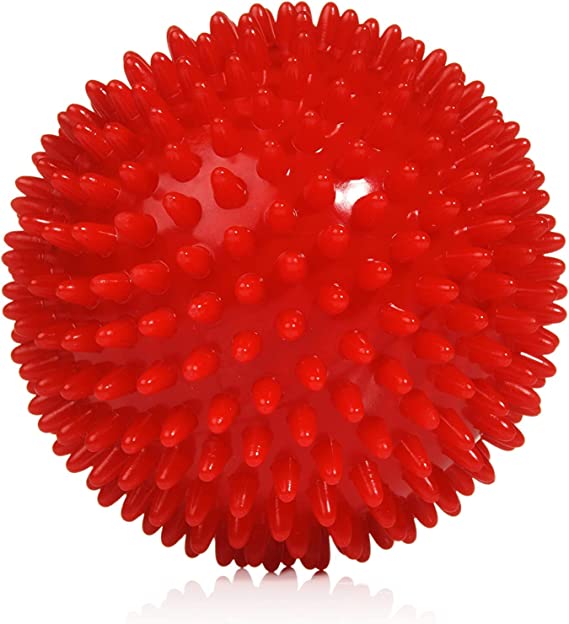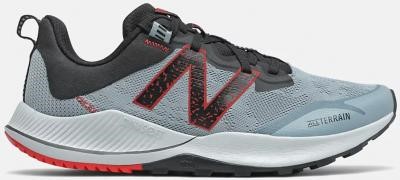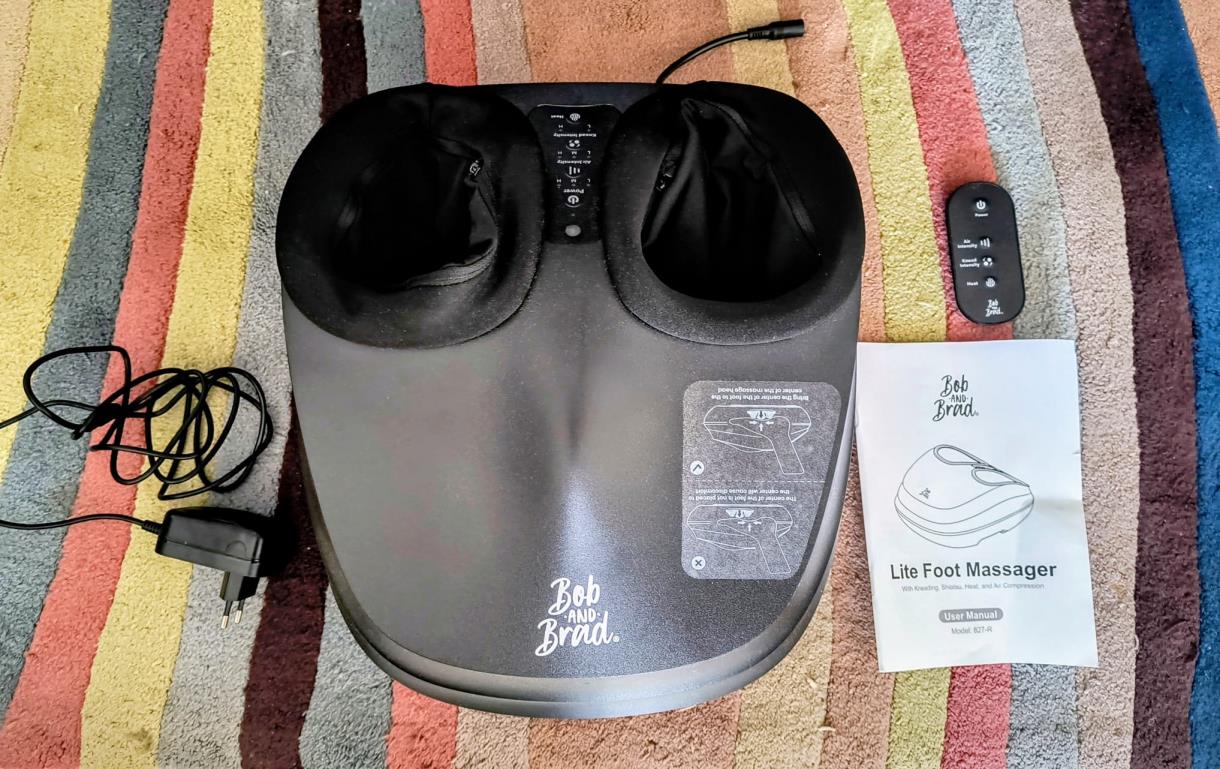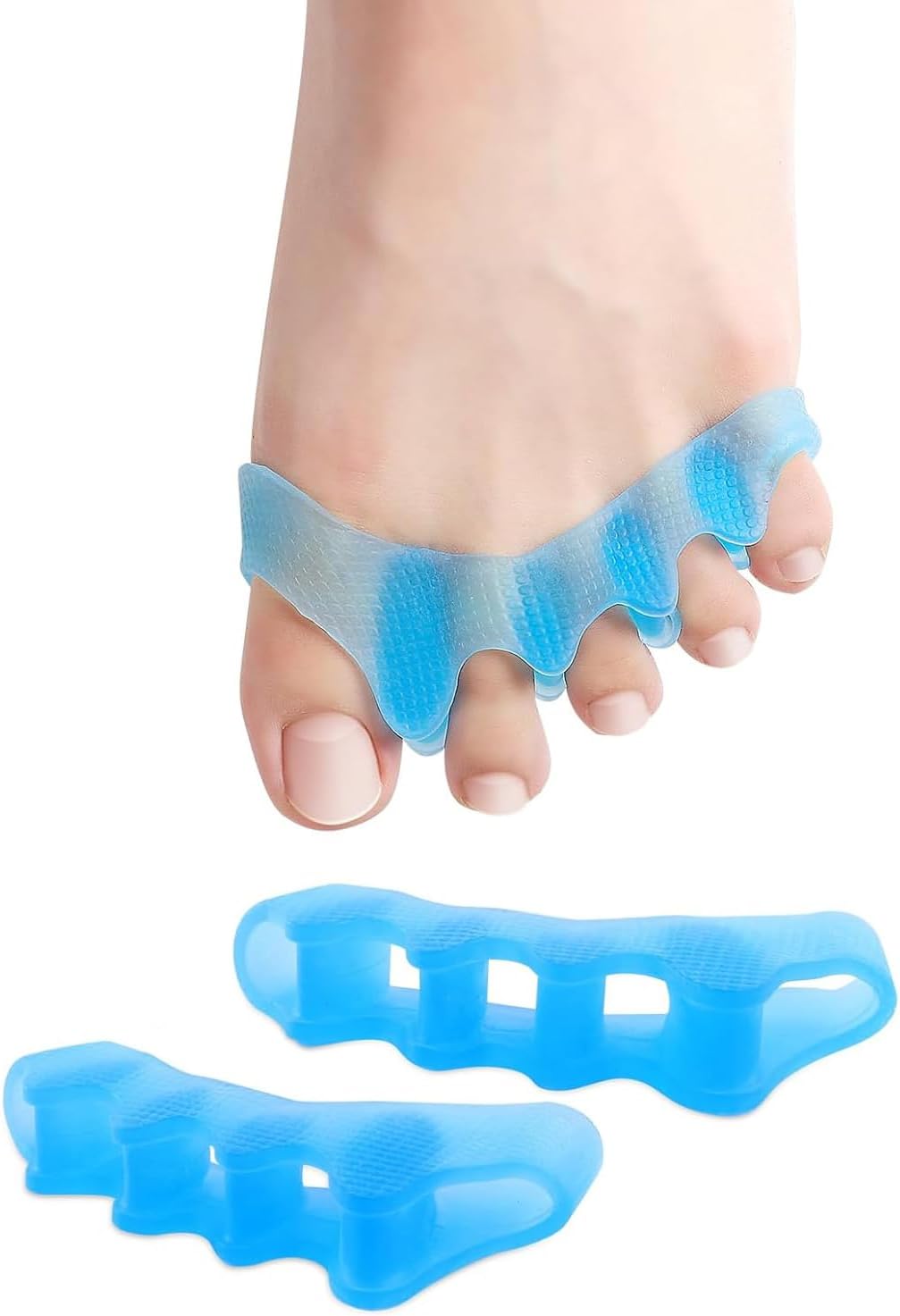Plantar Fasciitis – Tips for Triathletes and Runners, what worked for us
 Karen Parnell
November 03, 2024
Karen Parnell
November 03, 2024
Plantar Fasciitis – Tips for Triathletes and Runners, what worked for us
My partner has had plantar fasciitis for over a year, and I have done a lot of research on how to alleviate the pain, get rid of the symptoms plus prevent it coming back.
There are lots of anecdotal and medical solutions, but I had to find therapies and products that were easy and quick to do as my partner has little down time to be able to do any treatments.
I found some time consuming and specialist treatments, but these did not appeal, and others fell by the wayside as they needed complicated set up, required expensive equipment and/or travel. One of these was a night splint which I’ve heard works for some people, but it did not work for us.
Before we move on to what worked for us lets explain what Plantar Fasciitis is and what causes it.
What is Plantar Fasciitis?
Plantar fasciitis (PF) is one of the most common causes of heel pain. It involves inflammation of a thick band of tissue that runs across the bottom of each foot and connects the heel bone to the toes called the plantar fascia.
The plantar fascia is a band of tissue that connects your heel bone to the base of your toes. It supports the arch of the foot and absorbs shock when walking.
Plantar fasciitis commonly causes stabbing pain that usually occurs with your first steps in the morning. As you get up and move, the pain normally decreases, but it might return after long periods of standing or when you stand up after sitting.
The cause of plantar fasciitis is poorly understood. It is more common in runners and triathletes, in people who are overweight and for people in jobs that require long periods of standing.
Activities that place a lot of stress on your heel and attached tissue — such as long-distance running, ballet dancing and aerobic dance — can contribute to the onset of plantar fasciitis.
Ignoring plantar fasciitis (PF) can result in chronic heel pain that hinders your regular activities. You're likely to change your walk gait to try to avoid plantar fasciitis pain, which might lead to foot, knee, hip or back problems.
My partner started walking with one foot out at a 45-degree angle which started causing him knee and ankle pain and it was at this point we had to find a cure!

Plantar Fascia and where the pain is
Calf Stretches for Plantar Fasciitis
The first area we looked at was calf stretches as his calf’s are always very tight and can cause PF symptoms. You may have heard that tight calfs cause PF but research has show it's the other way round - PR can cause tight calfs. But which ever way round these are great stretches to do every day.
I invested in an adjustable slant board as it could help with calf stretches plus also some movements for my knee issue after an MCL tear. This was far too painful so was put to one side.
I then found a video (see below) by Brad Kearns which details to simple calf stretches that you can easily do every day. The key is that these stretches are held for 2 minutes each, this is 2 stretches, left then right leg for 2 minutes each which is just 8 minutes a day!
The 2 minutes extended stretch is very important because when you hold a stretch for two minutes, you are sending a powerful message to your musculoskeletal and central nervous systems to lengthen the relevant muscle fibres.
This sounded perfect and met the “quick and simple” criteria. The good news is these worked in conjunction with the other interventions detailed below.
Get some FREE resources including training plans here Chili Tri
Two Stretches for Plantar Fasciitis from Brad Kearns
Stretch 1: Gastrocnemius
This first stretch is a simple wall stretch that you probably do already but no for 2 minutes per leg.
While pushing against a wall, keep one leg back with your knee straight and your heel flat on the floor. Slowly bend your elbows and front knee and move your hips forward until you feel a stretch in your calf. Hold this position for 2 minutes. Switch leg positions and repeat with your other leg. This stretch with stretch your gastrocnemius muscle – the large ball of muscle at the top of your calf.
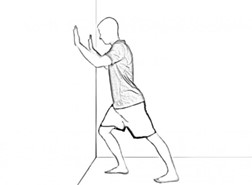
Gastroc Wall Stretch
Stretch 2: Soleus
This stretch works your Soleus muscle and is very similar to the stretch above. Stand facing a wall from 3 feet away. Take one step toward the wall with your right foot. Place both palms on the wall. Bend both knees and lean forward. Keep both heels on the floor. Hold for 2 minutes. Then relax both legs. Repeat the exercise 2 times. Switch legs and repeat.
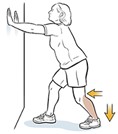
Soleus Stretch
The image below shows the calf muscles and the Achilles tendon and its relation to the heal. This shows why tight calf’s may cause increased PT pain.
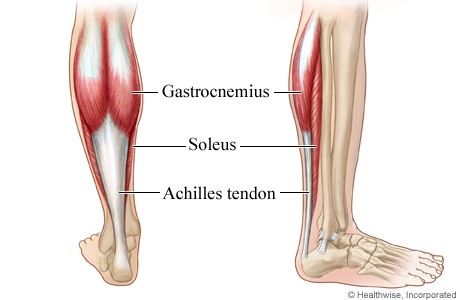
Get your FREE 30-Day Mobility Challenge
Foot Rocker
If you find stretching hard to complete then you may like to use a foot rocker which you can use sitting down. This is a dynamic stretch (moving) rather than a static stretch. Simply put your foot in an rock to get your foot into a good plantar flexion position (this can be done seated or standing depending on how proficient you are).
How to use a Foot Rocker by Dr. Angela Walk
Hold this position for 2 seconds and rock back. Complete this movement 10 to 15 times to complete one repetition. This may be enough for your first time. Gradually increase the reps over time to get heel pain relief.
These cost around £15 on Amazon.
Massager for your Calfs
Stretching can only go so far so I would recommend massaging your calf regularly. If the thought of going to a massage therapist every week is not for you then I would highly recommend this foot and calf massager.
It's convenient as you can massage you calfs whilst relaxing in front of the TV or even laying in bed. I got mine from Temu but you can also get it from Amazon for roughly the same price.
The foot massager has 5 massage techniques to choose from, rolling kneading mode, simulates deep kneading shiatsu massage. Heat therapy mode, warms the calves and relaxes the foot and leg muscles. You have 3 levels of massage intensity to choose from, from gentle to intense.
It's not limited to your calfs, you can also massage your feet, arms and thighs.
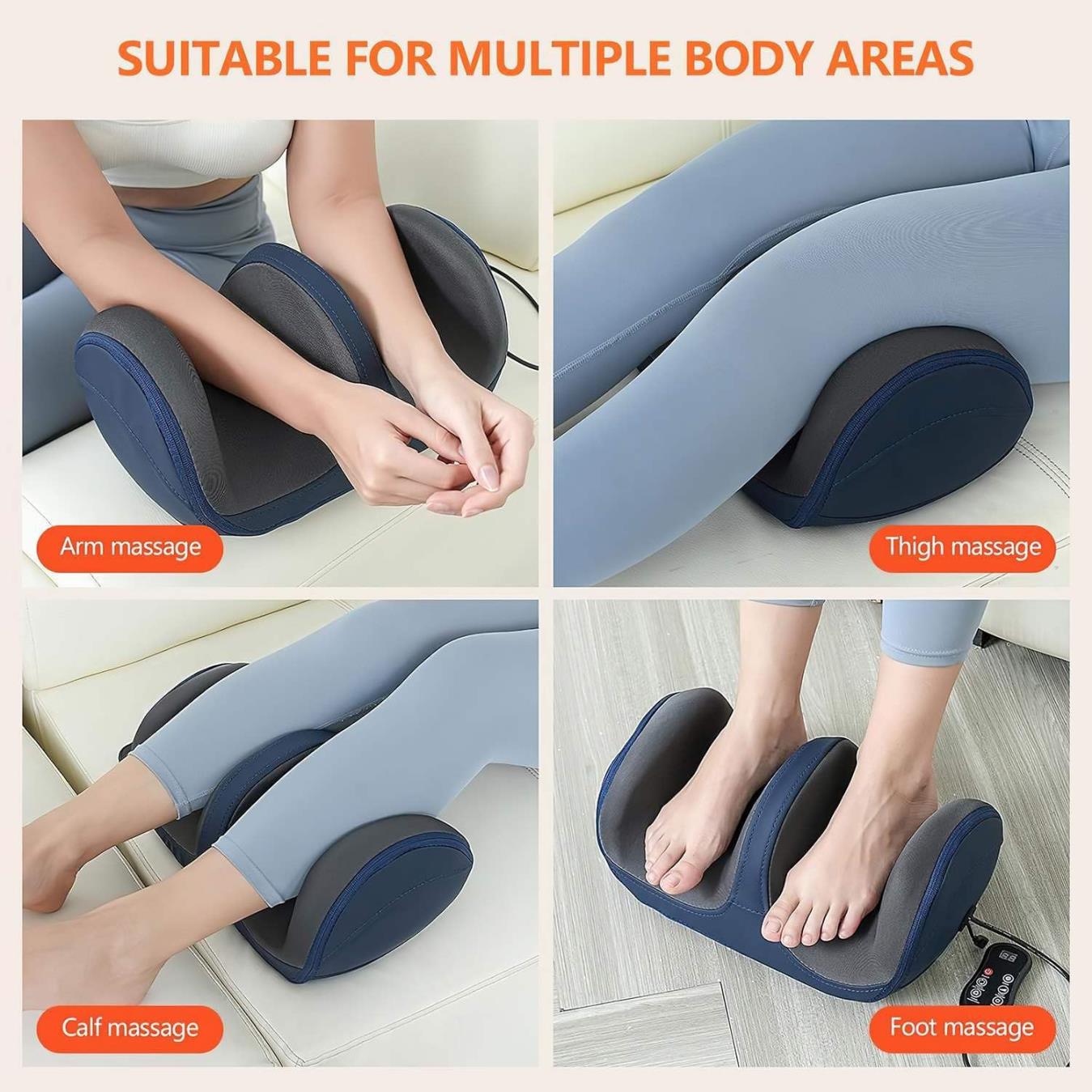
Hamstring Stretches for Plantar Fasciitis
Many people just concentrate on their calf muscle stretches when they have PF but it's also worth stretching further up the chain and including your hamstring.
I have found this to be crucial in my PF rehab. Here's an effective hamstring follow along video from one of my favourite strtching and mobility experts Tom Merrick, the Body Weight Warrior.
Hamstring Mobility and Stretching by Tom Merrick
Spikey hard massage ball for Plantar Fascittis
When I heard about this remedy, I thought it was a torture tool! Surely a hard spikey ball would cause more pain? How wrong was I. This is a must to try, and you can do it whilst sitting at your desk (you will need to take your shoes off) or in front of the TV. This one is so easy to do and feels really good even if you don’t have PT. There is no right or wrong so just place you arch over the ball and move your foot. You can roll it side to side, back and forth or even put it between your two feet arches and rub against each other.
This is the 10cm hard Spikey ball we use
Get your FREE 30-Day Mobility Challenge
The Right Running Shoes for Plantar Fasciitis
The third major part of the remedy for us was a selection of a very supportive running shoes. I researched the brands and specific running shoes that podiatrists recommend for PT relief. There were some really expensive options, so I decided to try one that was not too expensive and appeared in the most searches. They were New Balance fuel core Nitrel v4 trail running shoes. They offer excellent stability, cushioning, arch support and wider toe boxes. They will feel snug when you first put them on, but persevere. They were a hit straight away and did away with one of his feet sticking out at 45 degrees when he walked.
The bad new was that they have been replaced by newer versions, but I hunted around and managed to get another pair as I did not want to chance a change. I am hoping when the time comes, the new version will be as good.
New Balance fuel core nitrel v4 trail running shoes
Get some FREE resources, including training plans, here Chili Tri
For me standard running shoes did not work so I would also recommend try wide toe box shoes like those from Topo or Saguaro. I use the Altra Experience Wild trail running shoes which have a wide toe box. You can find out more in my Blog review of the Altra shoes.
So again, the recommendation is to try what works for you as everyone is different. But generally the best recommention is to try a wide toe box shoe which promotes a natural toe position.
Saguaro Free I Barfoot, Wide Toe Box, Zero Drop Running Shoes
Recovery Shoes
When you first get PF it may be extremely painful to walk, esecially first thing in the morning, so a comfortable recovery shoe or slipper you can wear around your house is essential.
I found these Teva ReEmber unisex shoe which has a thick foam insole. I must admit I bought them as a recovery shoe for when I go camping as they have an all terrain sole but found them ideal for walking comfortably around my house which has hard tile floors.
You can get them on Amazon for around £50.

Massage Gun for Plantar Fasciitis
Recently we found out that you can massage the underside of you foot using a massage gun to help with blod flow to the area and speed up healing. This coupled with massaging your tight calfs can really help with the pain and healing.
I use the Bob and Brad Q2 mini massage gun. I have written about all of the mini massage gun features and benefits in this Blog. It's a real pocket rocket as it's small enough to take with you anywhere and it's just as good and powerful as a larger massage gun.
The Bob and Brad Q2 Massage Gun use to relieve Plantar Fasciitis Pain
Get your FREE 30-Day Mobility Challenge
Foot Massager with Heat for Plantar Fasciitis
If you don't like the idea of a massager gun, then a foot massager with heat is a good option. I have been trying the Bob and Brad Foot massager with 3D massaging and heat and it's making a difference and helping me sleep well along with less pain.
It relieves pain using Shiatsu massage rollers, air compression and heat to increase blood flow to sepped up healing and to reduce pain.
You can read more about the Bob and Brad Foot Massager here.
You can get is on Amazon for around £99.
Toe Separators for Plantar Fasciitis
This is a bit of a strange one, but it works. You put the separators between your toes and wear them for around 30 minutes and then gradually increase the time until you can walk with them on.
There are two major issues that contribute to the development of plantar fasciitis: poor foot mechanics and reduced blood flow—both of which wearing toe spacers can address.
It's probably the easiest treatment and cheapest! You can get them for less than £10 on Amazon.
Exercises to do First Thing in the Morning
If you have PF you know the excrutiating pain you feel when you take the first few steps in the morning!
There are a few movements you can do that only take a minute to help that morning pain be less and bearable.
The video below from Bob and Brad explains how to do this. You may find you only need to do one or two of the movements to help you with your pain.
Bob and Brad 5 Things to do Every Morning if you have Plantar Fasciitis
Get your FREE 30-Day Mobility Challenge
Calf Raises
As part of the regime, we are also strengthening our calf’s using two forms of calf raises. The first is a single-leg calf raise for 15 reps, then swap to the other leg and do this three times through. We do this once a day or after a training session.
I’m also experimenting with a recommendation from the “knees over toes guy” Ben Patrick which is a KOT calf raise. I’ve only just started adding this in, so I will see if it helps with PT and MCL tear rehab. I’m doing them double leg 10 reps, three times through, but hope to progress to single leg. The KOT or knees over toes calf raise activates the two muscles that run down the back of the lower leg: the gastrocnemius and soleus. These muscles are integral in ankle flexion and extension, propelling running and jumping.
The other exercise worth trying if you are looking to help protect and strengthen your knees, tibialis raises are a fantastic option. They strengthen the muscles around the knee joint and can also improve balance and coordination.
Knees over toes guy techniques:
Ben Patrick "knees over toe" guy Mobility Exercises
Get your FREE 30-Day Mobility Challenge
Toe Yoga
Building strong feet is the best way to treat plantar fasciitis and other common foot problems. In this video, Dr. Baird teaches the Toe Yoga Exercise to improve movement, regain control, and build foundational strength in your feet. Give it a try, it's harder than it looks!
How to do Foot Yoga with Dr. Carl Baird
The Blackboard System
Following on from feet yoga is the Blackboard training system for your feet. Developed in Germany, is helps develop strong foot muscles along with foot mobilisation and stabilisation. It's basically two small wooden boards with wooden posts that you put in various positions to enable your foot to rock and roll in different directions to enable strengthening.
You can go direct to the Blackboard website and purchase the original product or buy a similar product on Amazon for a lower price.
It can be used for different foot conditions and the video below details how it can be used to help with Plantar Fasciitis.
First we Stretch and then we Strengthen
Above we have addressed some ways to help reduce the pain, but we have not fully address the root cause.
I have suffered from knee pain for a while, and thanks to exercises from Dr. David Middaugh, I am able to run again (touch wood!).
Dr. David of the El Paso Manual Therapy has addressed the need to strengthen your foot and ankle to help prevent PF from coming back. Rather than explain it, here's his excellent video on the topic:
El Paso Manual Therapy movements for Healing the Root Cause of Plantar Fasciitis
Get your FREE 30-Day Mobility Challenge
Natural Remedies for Plantar Fasciitis
I've been monitoring various Facebook PF groups where thousands of people share what has worked for them on their PF journey.
A lot of people point towards solutions recommended by Dr. Angela Walk (apt name, don't you think?), and I've been trying a few of them plus a few of my own.
Let's start with the ones I have been trying that seem to work for me, firstly, ginger tea, which is a natural anti-inflammatory. I have replaced my morning coffee with ginger tea, and it seems to reduce my morning heel pain. I also take a B Vitamin complex, which has helped with the nerve pain in my foot, along with turmeric, which is also a natural anti-inflammatory.
Dr. Angela also recommends rubbing castor oil into your foot daily. I have been doing this, and for me, it makes me massage my foot and calf regularly, which does help. Castor oil is a natural oil made from the seeds of the Castor bean and is an anti-inflammatory.
Benefits of Using Castor Oil for Foot Massage:
Anti-inflammatory properties – Great for relieving sore muscles, joint pain, or inflammation (e.g., from arthritis).
Deep moisturizing – Rich in fatty acids, particularly ricinoleic acid, it’s excellent for dry skin.
Improved circulation – When massaged into the skin, it may help stimulate blood flow, which should help with healing.
Detoxification – Often used in Ayurvedic and natural medicine to help detoxify tissues, especially when combined with heat (like a hot compress or heating pad).
Castor oil comes from the seeds of the Castor bean plant, known scientifically as Ricinus communis. Originally from tropical parts of Africa and Asia, it's now grown all over in the world, especially in warmer climes. To make or produce Castor oil, the seeds are pressed to extract the oil. This product may seem like a blast from the past, but it is worth a try, and you can get it from Amazon for around £10.
Dr. Andela also recommends Magnesium, Vitamin D, Collagen, and bathing in Epsom Salts, which contains Magnesium, which is claimed to be absorbed through your skin to help with stress, sleep, and muscle recovery. The most common use is taking what’s called an Epsom salt bath. To do this, add 2 cups, or about 475 grams (g), of Epsom salt to the water in a standard-sized bathtub and soak your body for at least 15 minutes. If you think you have a magnesium deficiency it may be worth taking supplements, but check with your health provider first. You can read more in this article.
Note: If you are an athlete or age group athlete still competing, then check any supplements on the UK Anti Doping website before you take them.
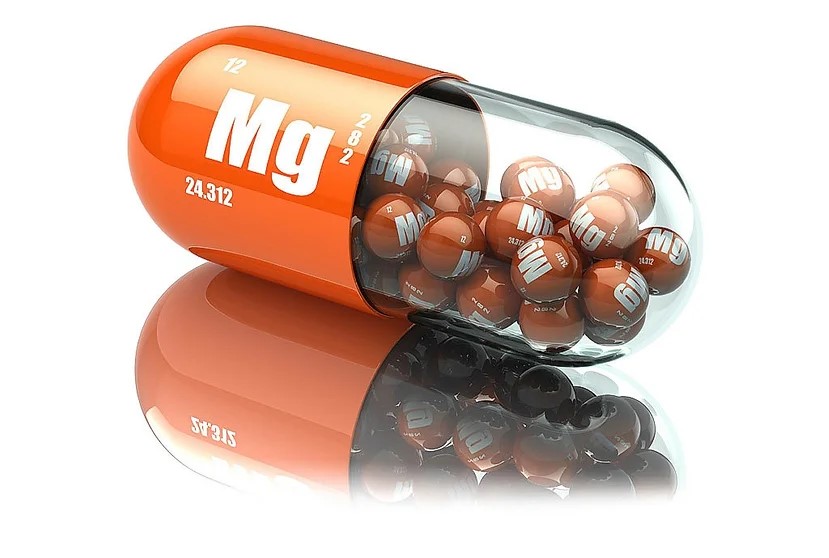
Training and Exercise with Plantar Fasciitis
Running may be out the window if you have PF, but you can still train and keep fit and strong. I have found I can still use my indoor trainer and outdoor bike, Concept II rowing machine, strength train and swim without pain.
I still walk, and when I have a lot of pain wear my Hoka Speedgoats with arch support orthotic with heel cushion.
So, you can still train (or cross-train if you are a runner) indoors and outdoors. Maybe use it as a time to work on areas of your body you have neglected in the past like your core and upper body strength? Maybe concentrate on improving your swimming technique? This free swimming book could help.
Rowing is a full-body workout and uses muscles similar to front crawl swimming, and is a great cross-trainng option for triathletes.
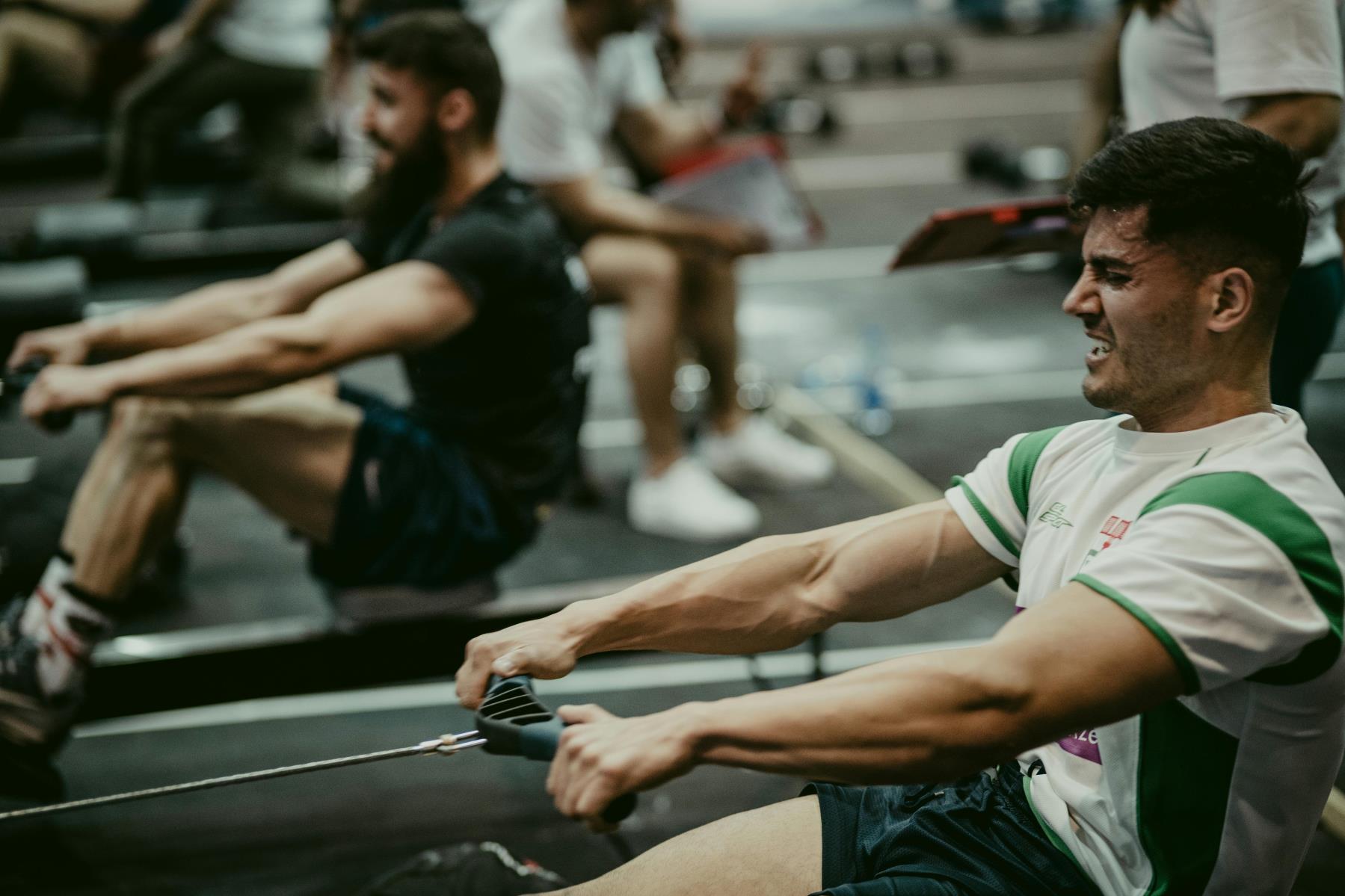
Photo by Ardit Mbrat
Rowing - a great cross-training option for triathletes.
Plantar Fasciitis: Conclusion and Results
We found that a combination of extended calf and hamstring stretches, massage and mobility work, spikey ball rolling along your Plantar Fascia, using a massage gun, and selecting the right running shoe with a wide toe box and arch support has taken the heel pain away. We may also progress to the slant board at some point for greater extended stretches.
If you want to try something quickly, I would recommend toe spacers, ginger tea, B Vitamins and wide toe box shoes.
It's also important to address the root cause and not just stretch but strengthen, and the video from Dr. David will give you some excellent exercises to help prevent Plantar Fasciitis from coming back.
I hope this works for you, too.
Get in touch with your feedback.
Get some FREE resources, including training plans, here Chili Tri
Get your FREE 30-Day Mobility Challenge
Karen Parnell is a Level 3 British Triathlon and IRONMAN Certified Coach, 8020 Endurance Certified Coach, WOWSA Level 3 open water swimming coach, and NASM Personal Trainer and Sports Technology Writer.
Karen has a post-grad MSc in Sports Performance Coaching from the University of Stirling.
Need a training plan? I have plans on TrainingPeaks and FinalSurge:
I also coach a very small number of athletes one-to-one for all triathlon and multi-sport distances, open water swimming events, and running races. Email me for details and availability. Karen.parnell@chilitri.com
.png)
FAQ: Plantar Fasciitis
What are the symptoms of Plantar Fasciitis?
- Pain on the bottom of the heel, or nearby.
- Increased pain after exercise (not during).
- Pain in the arch of the foot.
- Pain that is worse in the morning or when you stand after sitting for a long time.
- A swollen heel.
- Pain that continues for months.
- A tight Achilles tendon.
What not to do with plantar fasciitis
- Ignoring your weight.
- Not wearing supportive shoes.
- Sitting or standing for long periods.
- Pushing through the pain.
- Not stretching or using supports.
What is plantar fasciitis?
Plantar fasciitis is a common condition characterized by inflammation and pain in the plantar fascia, a thick band of tissue that runs along the bottom of the foot, connecting the heel to the toes.
What causes plantar fasciitis?
Plantar fasciitis can be caused by various factors, including:
- Overuse: Repetitive strain and excessive stress on the plantar fascia, often from activities like running or jumping, can lead to inflammation and pain.
- Foot mechanics: Flat feet, high arches, or abnormal foot mechanics can contribute to plantar fasciitis by altering the distribution of forces on the foot.
- Improper footwear: Wearing shoes with inadequate arch support or improper cushioning can increase the risk of plantar fasciitis.
- Tight calf muscles: Tightness in the calf muscles can put additional stress on the plantar fascia, leading to irritation and pain.
What are the common symptoms of plantar fasciitis?
The main symptom of plantar fasciitis is heel pain, typically located on the bottom of the foot near the heel. The pain is often described as sharp or stabbing and is usually most intense with the first few steps in the morning or after periods of inactivity.
How is plantar fasciitis treated?
Treatment for plantar fasciitis focuses on relieving pain, reducing inflammation, and promoting healing. Some common treatment options include:
- Rest and activity modification: Resting the affected foot and avoiding activities that exacerbate the pain can help alleviate symptoms.
- Stretching and strengthening exercises: Specific exercises targeting the calf muscles and plantar fascia can help improve flexibility, strength, and reduce pain.
- Orthotic devices: Wearing supportive orthotic devices, such as shoe inserts or custom-made orthotics, can provide additional arch support and cushioning.
- Ice and heat therapy: Applying ice packs or using contrast baths (alternating between cold and warm water) can help reduce inflammation and promote healing.
- Non-steroidal anti-inflammatory drugs (NSAIDs): Over-the-counter pain medications, such as ibuprofen or naproxen, may be recommended to reduce pain and inflammation.
- Physical therapy: Working with a physical therapist can help identify and address biomechanical issues, provide specific exercises, and assist in the recovery process.
- Night splints: Wearing a splint or brace at night can help keep the plantar fascia stretched and reduce morning pain and stiffness.
- Corticosteroid injections: In some cases, corticosteroid injections may be recommended to reduce inflammation and provide short-term pain relief.
- Extracorporeal Shockwave Therapy (ESWT): This non-invasive treatment involves delivering shockwaves to the affected area to stimulate healing and reduce pain.
- Surgery: In rare cases when conservative treatments don't provide relief, surgery may be considered as a last resort.
It's important to consult with a healthcare professional or a specialist to receive a proper diagnosis and personalized treatment plan for plantar fasciitis.
References
Mayo Clinic, Plantar Fasciitis
Mark’s Dailly Apple, How to cure Plantar Fasciitis
New Balance Shoes For Plantar Fasciitis | The Ultimate Solution
Dr. Phil Maffetone and Dr. Mark Cucuzella, How to Treat Plantar Fasciitis Naturally (pdf booklet)
Hal Walter, How to Treat Your Plantar Fasciitis Naturally
Phil Maffetone and Dr. Frykman, barefoot running podcast
Dr. Kelly Starrett Plantar Fasciitis
Plantar Fasciitis, Fix Your Feet
Castor oil: Benefits, use, and side effects
Home | Dr. Angela Walk | Plantar Fasciitis Doc
#traithlontrainingplans #runningtrainingplans #swimmingtrainingplans #plantarfasciitis #traithlon #running
This website uses affiliate links which may earn a commission at no additional cost to you. As an Amazon Associate I earn from qualifying purchases. which may cover part of a cup of coffee for me to fuel my training.



